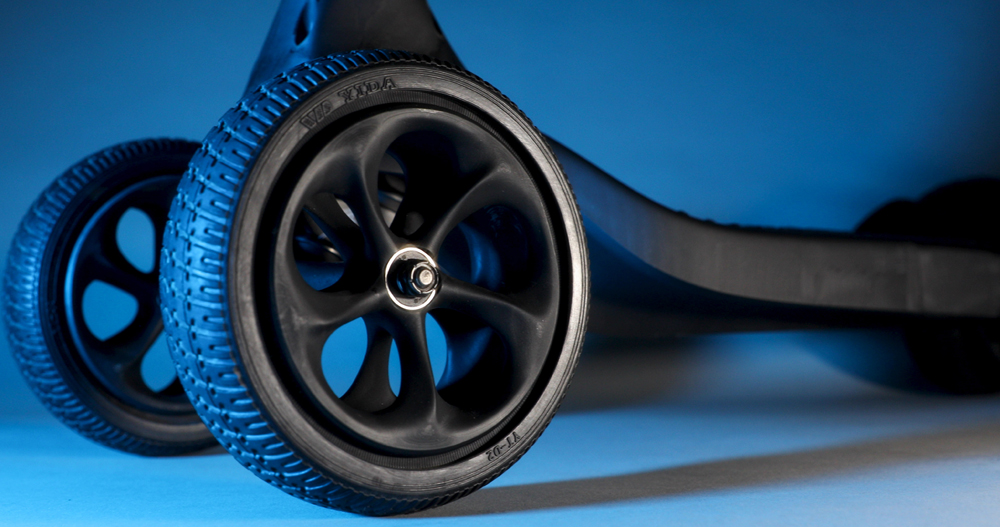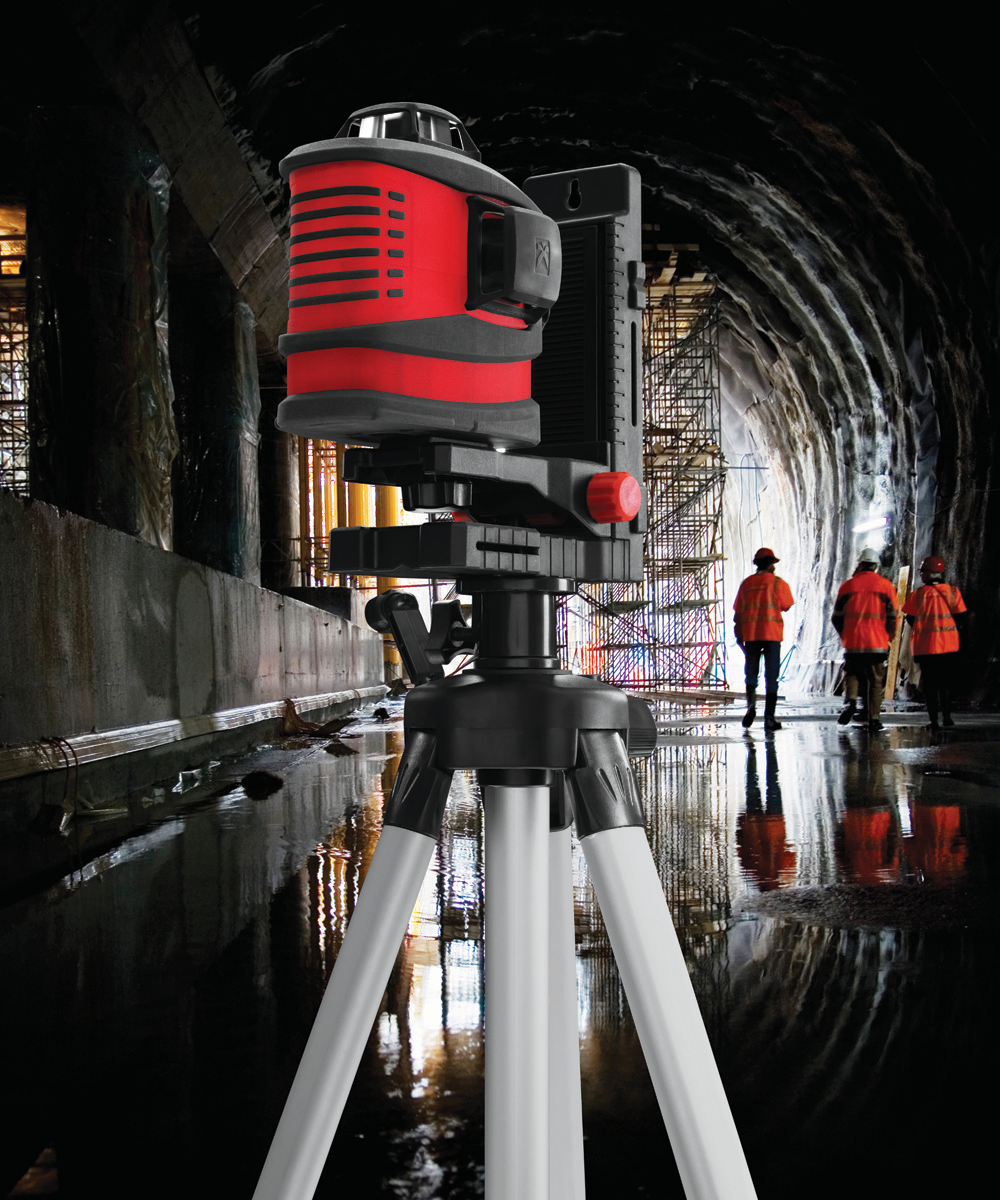Reaping Sustainable Benefits
Additive Manufacturing
With an increase in technological advancements in the manufacturing sector and rising demand for customized products and services, manufacturers must rethink the way traditional manufacturing is approached, especially when supply chains must be readjusted using smarter technologies – especially additive manufacturing.
As the global manufacturing ecosystem transitions into Industry 4.0, there is a massive requirement to advance production methods and find an alternative to energy-intensive manufacturing and transportation processes. As per a 2019 report by the U.S. Department of Energy, compared to traditional manufacturing, additive manufacturing could decrease waste and materials costs by nearly 90 percent and reduce manufacturing energy use by 25 to 50 percent. From rapid prototyping to mass production and injection moulding to end-user production, additive manufacturing has been resolving several manufacturing challenges and gaining prominence in multiple sectors.
Digital Manufacturing and Industry 4.0
It is common knowledge that the pandemic has taught manufacturers in India and globally that it’s time to move away from traditional manufacturing approaches. An inherent constraint that organizations have had to work around is the prediction of demand for months in advance. This challenge remains agnostic of industry and scale – be it Automotive,

Real Estate, or Consumer Stores. Being able to predict this demand accurately and avoiding wastage of resources will be a key priority as the nation adapts to the requirements of Industry 4.0. The capability to use generative design plays an important role in part optimization and is one of the main advantages that additive manufacturing offers over traditional manufacturing methods. This not only saves time but also eliminates the need for long transport routes and storage areas, consequently reducing the carbon footprint. In addition, a shift toward digital manufacturing opens up the possibility of a digital supply chain that is quicker, cheaper, and safer for the environment. This will enable the sustainable production of customized and high-quality products for multiple industries such as Aerospace, Healthcare, Automotive, and Consumer Electronics.
Role of additive manufacturing in driving sustainability
Manufacturing is an energy- and resource-intensive activity, which leads to waste generation throughout the product lifecycle. Additive manufacturing could improve the sustainability of industries globally. The very process of manufacturing by using only the material needed, instead of removing excess material, without the need of producing tools, could be revolutionary for the global environment. Production of parts only when and where it is needed can go a long way in reducing overall emissions from industrial production.
Another essential aspect is transportation. Manufacturing is just the first step, followed by assembling and finally delivering it to the customer – all of which involves logistics, which, apart from adding to the overall costs, results in emissions. With additive manufacturing, one can send a digital file to the place where it is needed, and then it can be printed locally. This not only saves a lot of time and resources but also has a positive impact on energy consumption.
The future will focus on adopting unique materials, smart solutions, and intelligent connectivity to the manufacturing systems – all of which will be made possible by additive manufacturing. Some industry experts also predict that this technology can support the expansion of space programs.
Scope of additive manufacturing
 We are currently at an inflection point for global manufacturing, where massive pressures to upgrade unresponsive supply chains and 20th century energy-intensive manufacturing and transportation processes intersect with a mature adoption curve for additive manufacturing. This technology will ensure that manufacturers can deliver an array of high-volume products while maintaining low costs, high quality, and sustainable methods of production.
We are currently at an inflection point for global manufacturing, where massive pressures to upgrade unresponsive supply chains and 20th century energy-intensive manufacturing and transportation processes intersect with a mature adoption curve for additive manufacturing. This technology will ensure that manufacturers can deliver an array of high-volume products while maintaining low costs, high quality, and sustainable methods of production.
Over the past two years, the world has witnessed the impact of additive manufacturing in critical areas such as healthcare, manufacturing, product development, and education. This will also pave the way for advanced additive manufacturing technologies optimized for a wide variety of applications and a broad range of cost-effective, high-performance materials.
The future will focus on adopting unique materials, smart solutions, and intelligent connectivity to the manufacturing systems – all of which will be made possible by additive manufacturing. Some industry experts also predict that this technology can support the expansion of space programs. Innovations in this space have also made it possible to envision a distributed network of manufacturing with 3D printers strategically placed worldwide, interfacing with cloud-based, digital inventory that is produced locally, as needed. The potent combination of smart additive manufacturing systems, connected to a digital supply chain and supported by modern cutting-edge innovation, can transform the face of the entire Manufacturing sector. The best part is that it will happen while using less waste and energy and with better performance and a much shorter time to market.

RAJIV BAJAJ
Managing Director - India and SEA
Stratasys





 Facebook
Facebook.png) Twitter
Twitter Linkedin
Linkedin Subscribe
Subscribe